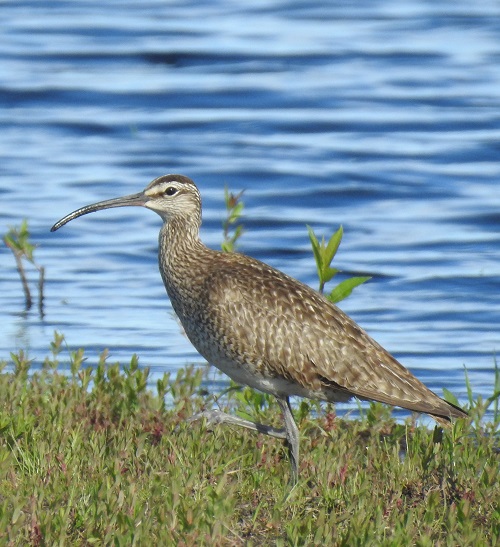 https://ebird.org/wi/hotspot/L199451
https://ebird.org/wi/hotspot/L199451
Habitats: Northern Hardwood Forest, Southern Hardwood Forest, Pine Plantation, Cedar Swamps, Native and Restored Grassland, Oak Savanna, Marsh, Sedge Meadow, Willow, Alder or Dogwood Swamp, Open Water. The 1,200-acre arboretum borders the shores of Lake Wingra.
Best Birds: In Curtis Prairie and Curtis Pond find Sandhill Crane, American Woodcock, Wilson’s Snipe, Merlin, and Willow Flycatcher. Northern Shrike may be present in winter.
Longenecker Gardens has nesting Tree Swallow, Eastern Bluebird, Brown Thrasher, and Purple Finch.
In the pinetum, in the eastern part of the Gardens, may be found wintering Northern Saw-whet Owl, crossbills, Pine Siskin, and Common Redpoll.
Wingra Woods, Big Spring, Gallistel Woods and Icke Boardwalk attract many warblers during migration, as well as breeding Green Heron, Pileated Woodpecker, Yellow-bellied Sapsucker, Great-crested Flycatcher, Blue-headed Vireo, White-eyed Vireo and Scarlet Tanager.
Lost City Forest - Great Horned Owl, Broad-winged Hawk, Wood Thrush, and Hooded Warbler.
Grady Tract – Great Horned Owl, Red-headed Woodpecker, Carolina Wren, Eastern Towhee.
Spring Trail Pond is the best place to bird in the winter. The spring feeds the pond with fresh water that doesn’t freeze. American Black Duck and Wood Duck use the pond all winter. Other species that normally migrate, such as Great Blue Heron, Belted Kingfisher, Winter Wren, Hermit Thrush, Pine Siskin, Fox, American Tree and White-throated Sparrow, use the pond in winter.
The HoNeeUm has a spring that feeds an elongated pond that is separated from Lake Wingra by a narrow strip of land. This area is heavily used by migrant songbirds. On Lake Wingra there is a wide variety of migrating ducks, grebes, rails, gulls and hawks. In summer look for Double-crested Cormorant, American White Pelican, Green Heron, Great Egret, and Osprey, and Bald Eagle. Breeding land birds include Eastern Kingbird, Blue-gray Gnatcatcher, and Scarlet Tanager.
There are boardwalks providing access to Gardner Marsh where there are nesting Sandhill Crane and a rookery of Great Blue Heron.
Directions: On the near-west side of Madison. There are entrances on Mills Street, Wingra Drive and Seminole Hwy.
Site Address & Additional Information
1207 Seminole Highway, Madison WI

